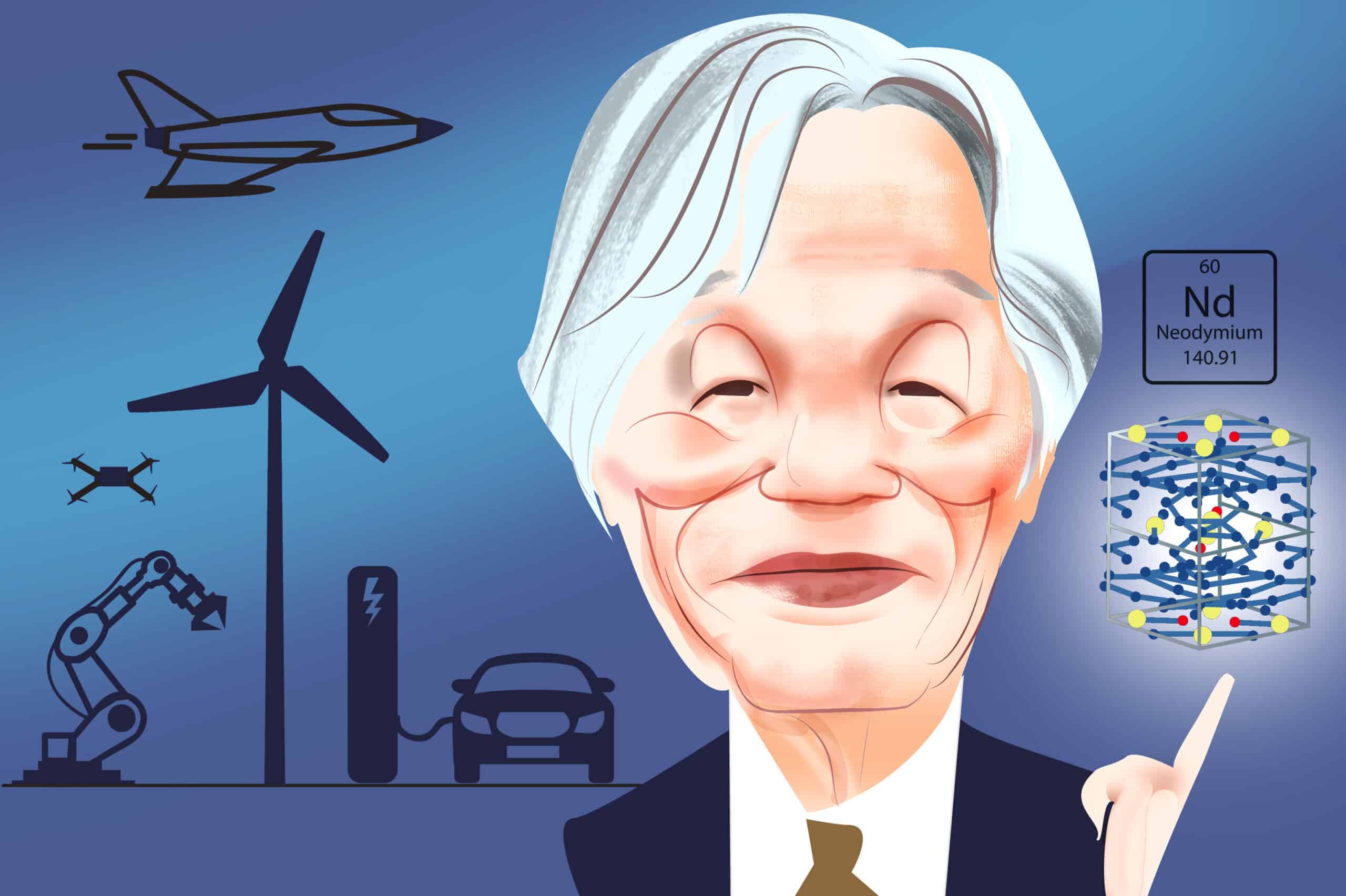Matteo Maggiori is a professor of finance at the Stanford Graduate School of Business and an authority on global capital flows. His work examining the “complex and opaque patterns of capital flows” helped him, this year, win the prestigious Fischer Black Prize, which recognizes work of a scholar under the age of 40,or up to age 45 if the individual was late in receiving a PhDand the Carlo Alberto Medal. He is the cofounder and director of the Global Capital Allocation Project, and has worked
Navigate China's Business Landscape with Confidence.
- Gain visibility into supplier risks
- Easily manage trade compliance
- Conduct in-depth due diligence



